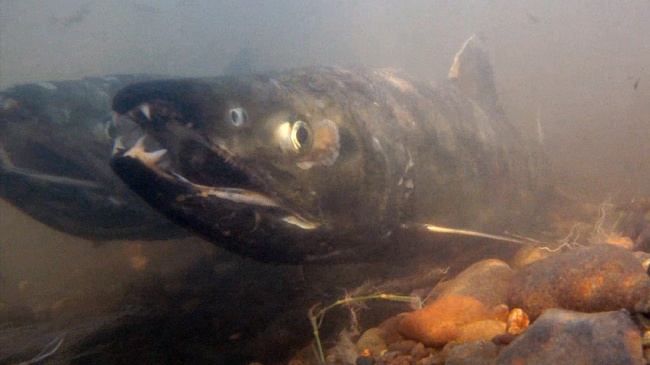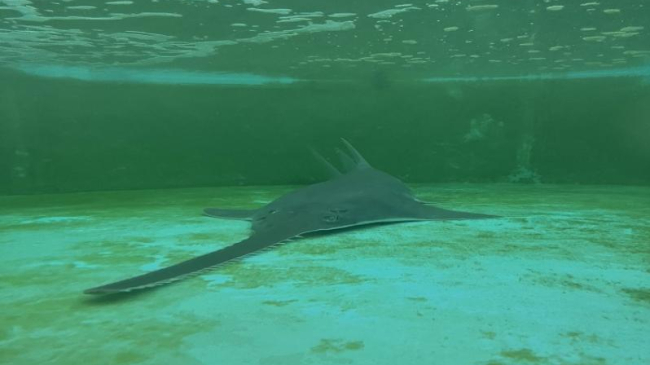As a young Marine stationed in South Carolina in 1981, Frank Roberts recognized that the state’s low country was ideal for oyster farming. His family harvested oysters in the Chesapeake Bay and Long Island Sound, and he had a hunch it would work in South Carolina too.
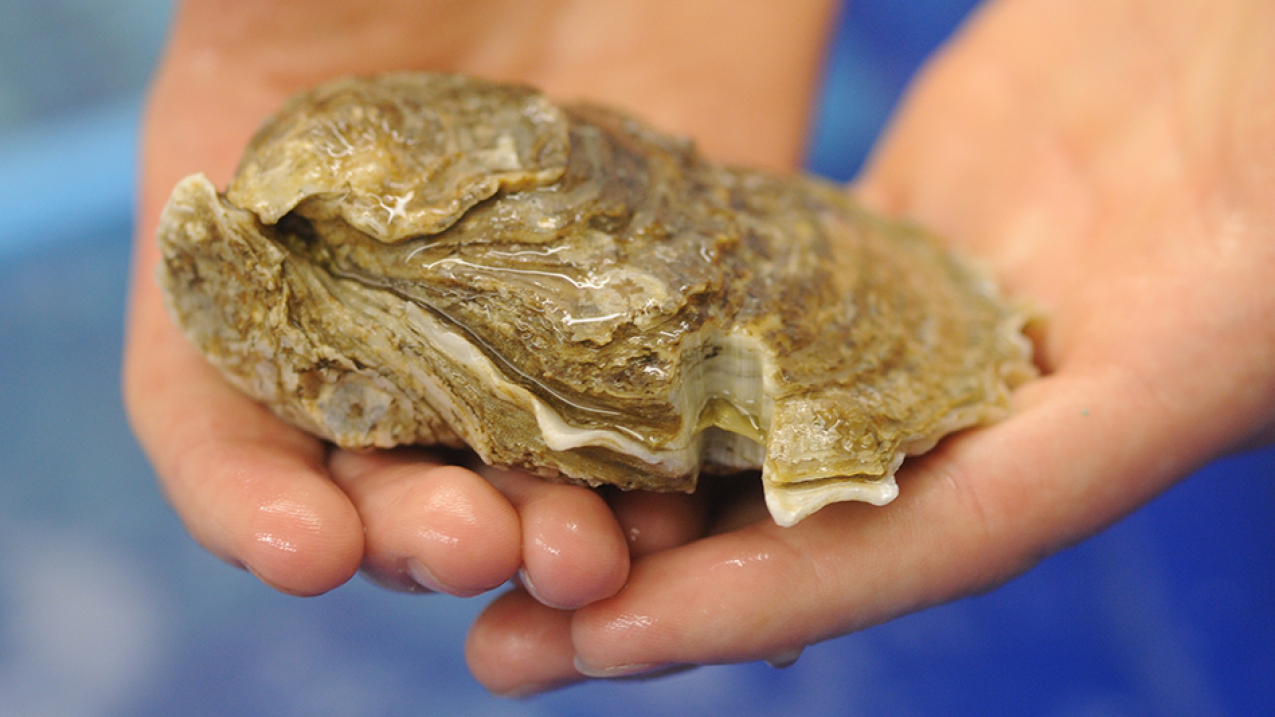
Lady's Island Oysters provides seed to local oyster growers. The final products are large, single oysters, which don't compete with the wild harvested cluster oysters in the area. (Image credit: South Carolina Sea Grant Consortium)
Roberts eventually started his own oyster farm in South Carolina — making a key contribution to a growing nationwide aquaculture trend worth $1.3 billion (2014 figure), with some help from NOAA.
The challenge
When Roberts started Lady’s Island Oysters, there were only a handful of other oyster farmers in the state. At that time, each farmer sourced their own oyster seed, known as spat, from Virginia.
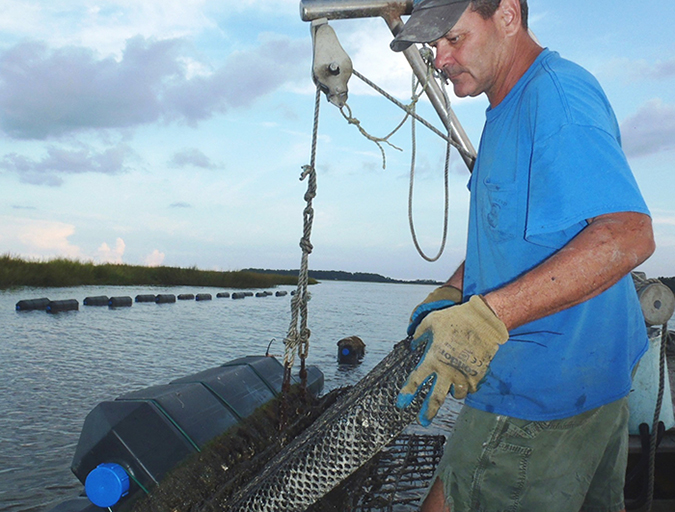
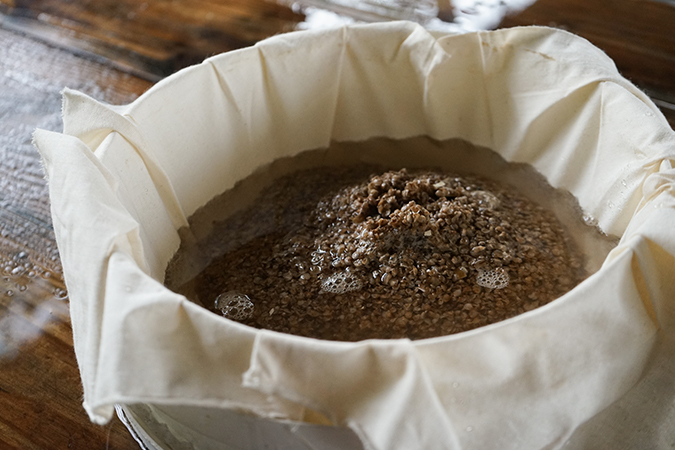
Then in 2014, South Carolina’s entire oyster aquaculture industry faced a major logistical hurdle when the state issued a ban on importing oyster seed, citing concerns of disease transfer.
Oyster farmers had nowhere to get their seed, and the state’s small half-shell industry was in danger of collapse and threatening to wash away a healthy seafood supply and vital rural jobs.
The opportunity
Rather than give up on a promising business venture, Roberts decided to build a hatchery to create a healthy source of his own oyster seed.
Realizing that he would need help to grow enough seed to keep his farm going, Roberts reached out to Julie Davis from the South Carolina Sea Grant Consortium for advice and guidance. Davis trains new growers on everything from shellfish biology to business models.
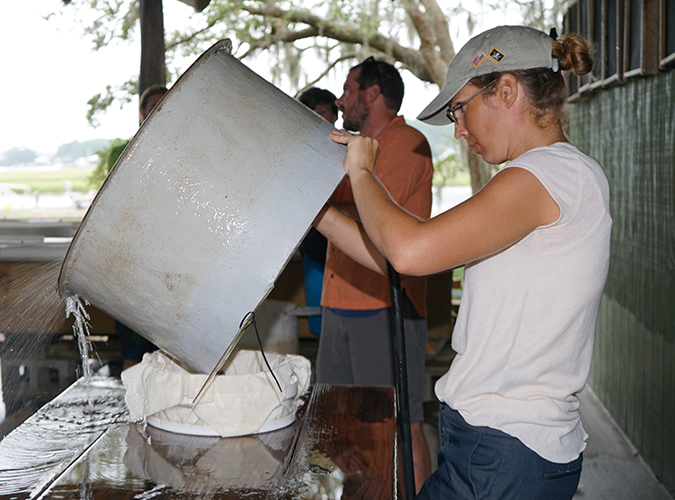
“When I talked to Julie from Sea Grant she had fresh technology, fresh knowledge and was ready to hit the ground running,” said Roberts. Davis helped Roberts test different varieties of spat, eventually finding one that grew best in the South Carolina low country.
Davis is proud that the hatchery now supplies oyster seed to every grower in South Carolina.
“This hatchery went through many different growing stages, but this kind of technology transfer and collaboration to help growers is what Sea Grant is all about.”
Paying it forward
Today Roberts’ hatchery is producing millions of oyster larvae for growers, having helped expand South Carolina’s small oyster farming industry to 16 growers. Permits for 10 new oyster farms are in the works.
The effort also guides the next generation of shellfish farmers.
“Julie and I worked on the hatchery not only to benefit just Lady’s Island Oysters but also for the entire oyster growing industry in South Carolina,” said Roberts. He does not want to be the sole oyster supplier for the dozens of restaurants that now carry his oysters.
“I want to see six, eight, 10 different oysters on a menu,” added Roberts. “Oysters are graded like wine: You don’t want to be the only wine in a restaurant. Different tastes and flavors are key.”
The small oysters produced in Roberts’ hatchery are having a large effect on South Carolina’s growing $2 million aquaculture industry, bringing sustainable seafood to the state’s restaurants and creating on-the-water jobs.
Partnerships like Lady’s Island Oysters and the South Carolina Sea Grant Consortium are the key to ensuring aquaculture’s future is sustainable — and delicious.
Celebrate #AquacultureWeek and October as National #SeafoodMonth with NOAA Fisheries.
For more about aquaculture, please visit NOAA Fisheries Office of Aquaculture and NOAA Sea Grant, or read Aquaculture: Bringing American-farmed seafood to your plate.
For more information on the sustainability of U.S. seafood, please visit FishWatch.


